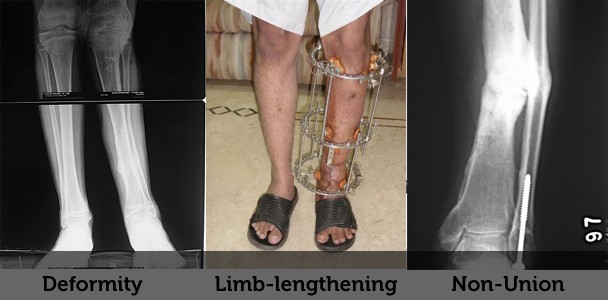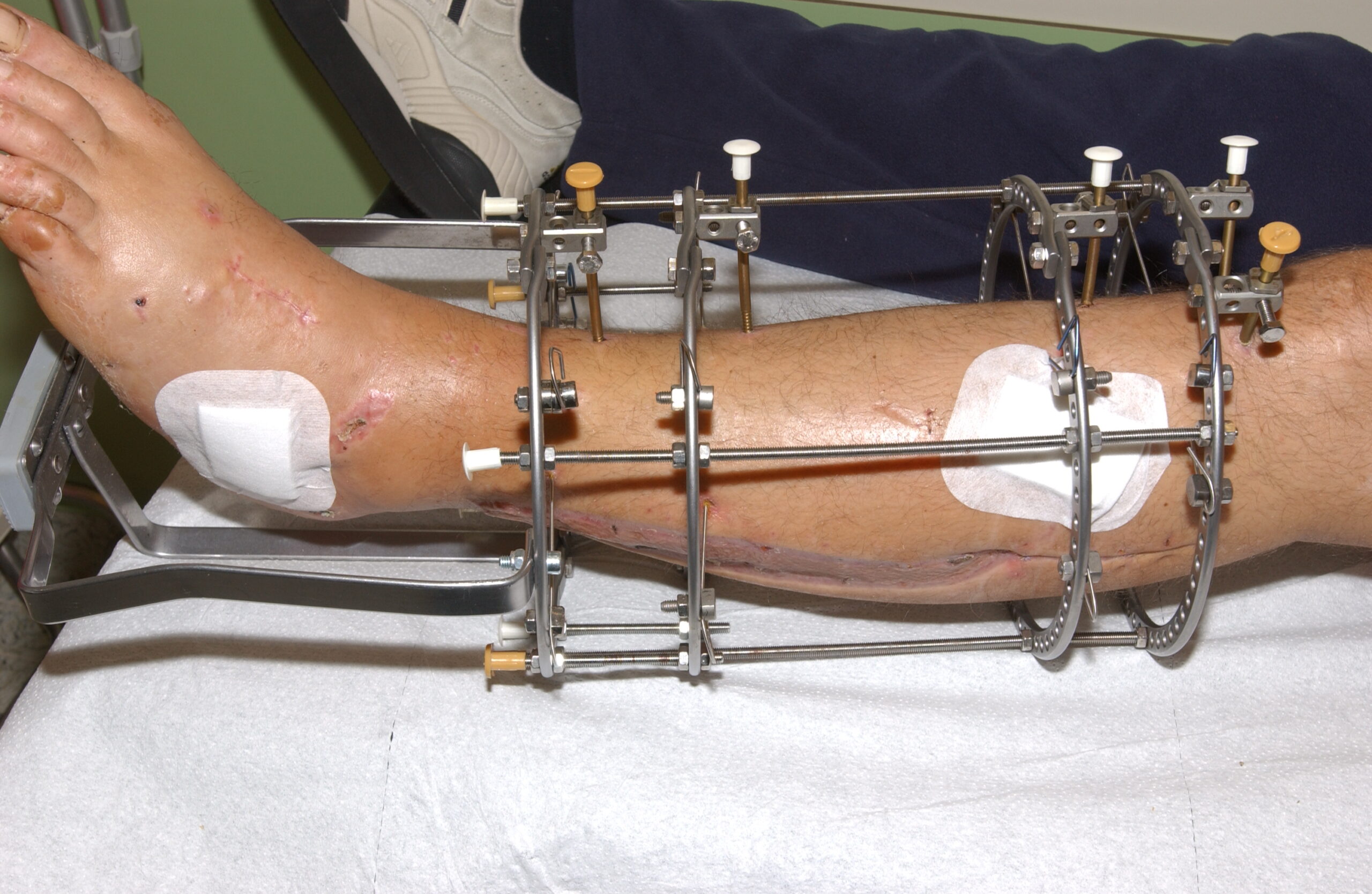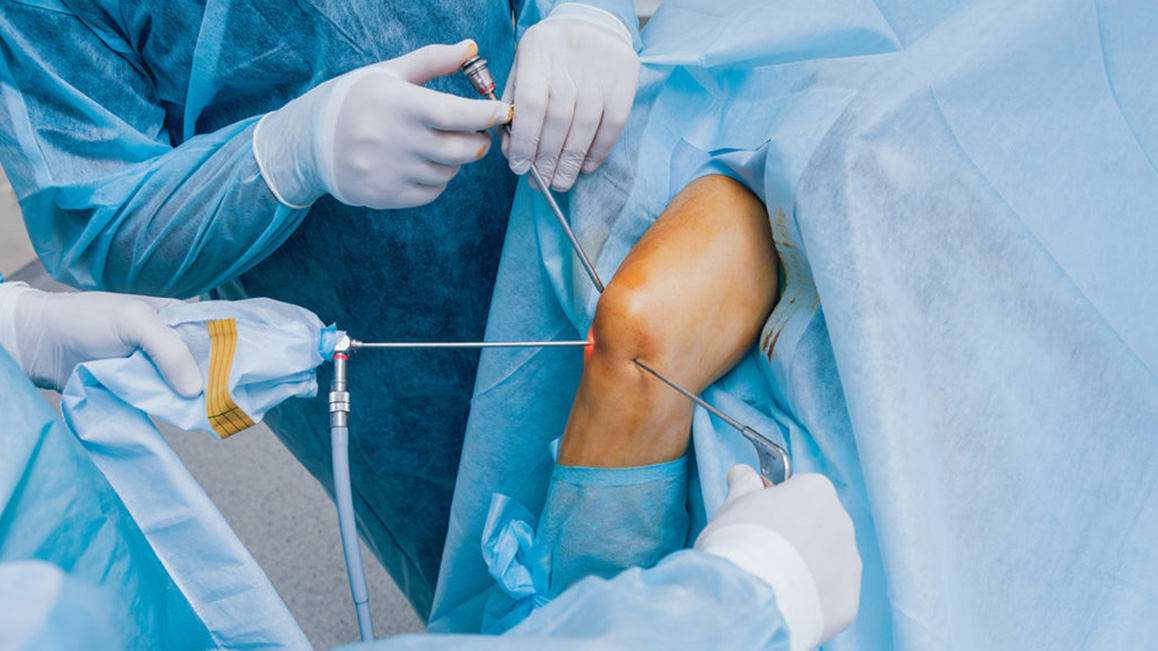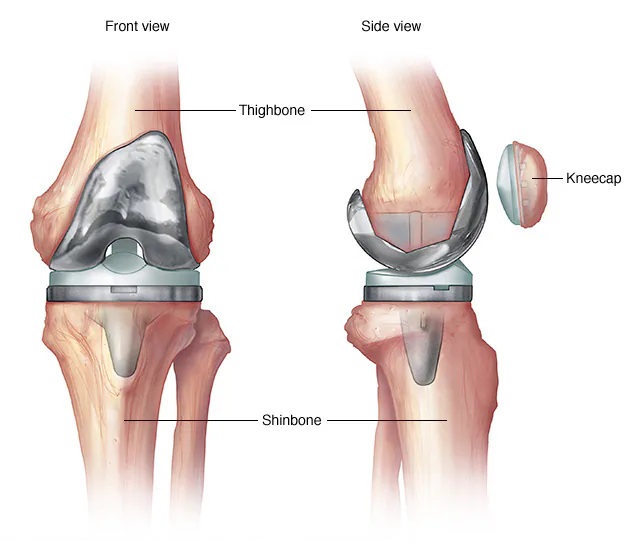
The Ilizarov Method for Limb Lengthening: An Overview
The Ilizarov method, a revolutionary technique in orthopedic surgery, has transformed the field of limb lengthening and deformity correction. Named after its creator, Dr. Gavriil Ilizarov, this method involves the use of a specialized external fixator to gradually lengthen bones and correct deformities. This article explores the history, principles, applications, procedure, advantages, and challenges associated with the Ilizarov method.
History and Development
The Ilizarov method was developed by Dr. Gavriil Ilizarov, a Soviet orthopedic surgeon, in the 1950s. Initially, Ilizarov’s work was met with skepticism in the Soviet medical community. However, his method’s success in treating complex fractures, non-unions, and deformities soon garnered international attention. Ilizarov’s pioneering work laid the foundation for modern limb lengthening and deformity correction techniques.
Principles of the Ilizarov Method
The Ilizarov method is based on the principles of distraction osteogenesis, a biological process where new bone tissue forms as a response to gradual mechanical distraction. Key principles include:
- Tension-Stress Effect: Gradual distraction stimulates the biological potential of bone and soft tissues, promoting regeneration and growth.
- Corticotomy: A controlled surgical procedure involving the cutting of the bone cortex while preserving the periosteum and medullary canal.
- Gradual Distraction: The bone segments are gradually separated at a rate of approximately 1 mm per day, allowing new bone to form in the gap.
- Multiplanar Correction: The Ilizarov fixator allows for precise adjustment in multiple planes, facilitating correction of complex deformities.
Applications of the Ilizarov Method
The Ilizarov method has a wide range of applications in orthopedic surgery, including:
- Limb Lengthening: Used to treat congenital or acquired limb length discrepancies. Conditions such as congenital short stature, post-traumatic shortening, and growth plate injuries can be addressed effectively.
- Deformity Correction: Corrects angular, rotational, and translation deformities of the limbs. Conditions like congenital clubfoot, bow legs (genu varum), and knock knees (genu valgum) can be treated.
- Non-Union and Malunion: Treats fractures that fail to heal (non-unions) or heal improperly (malunions). The Ilizarov method promotes healing and realignment.
- Bone Transport: Manages segmental bone defects resulting from trauma, infection, or tumor resection. New bone is generated to fill the defect through gradual transport.
- Complex Fractures: Stabilizes and promotes healing of complex fractures, particularly those involving the tibia and femur.
The Ilizarov Procedure
The Ilizarov procedure is a meticulous process involving several stages:
- Preoperative Planning: Detailed assessment and planning, including imaging studies (X-rays, CT scans) and clinical evaluation to determine the appropriate treatment strategy.
- Surgery: The procedure typically involves the following steps:
- Corticotomy: A controlled osteotomy is performed to create a bone segment.
- Application of Ilizarov Fixator: The external fixator is applied to the limb, with rings and wires or pins securing the bone segments.
- Initial Distraction: After a latency period (usually 5-7 days), gradual distraction begins at a rate of 1 mm per day.
- Distraction Phase: The patient or caregiver adjusts the fixator daily, following a prescribed schedule, to achieve gradual bone lengthening or deformity correction.
- Consolidation Phase: Once the desired length or correction is achieved, the fixator remains in place to allow the new bone to consolidate and strengthen.
- Removal of Fixator: After sufficient consolidation, the fixator is removed. The patient may require additional rehabilitation to regain full function and strength.
Advantages of the Ilizarov Method
The Ilizarov method offers several advantages over traditional limb lengthening and deformity correction techniques:
- Minimally Invasive: The corticotomy is less invasive than traditional osteotomies, preserving blood supply and promoting faster healing.
- Versatility: The fixator allows for precise adjustment in multiple planes, making it suitable for complex deformities and multi-directional corrections.
- Biological Stimulation: Gradual distraction stimulates natural bone formation and soft tissue adaptation, leading to robust and well-vascularized new bone.
- Customization: The method can be tailored to individual patient needs, allowing for personalized treatment plans.
- Functional Outcomes: Patients can often bear weight and maintain joint mobility during the treatment, promoting better functional outcomes.
Challenges and Complications
Despite its numerous advantages, the Ilizarov method is not without challenges and potential complications:
- Patient Compliance: Successful outcomes depend on strict adherence to the distraction schedule and meticulous care of the fixator.
- Infection: Pin-site infections are a common complication, requiring diligent care and sometimes antibiotic treatment.
- Pain and Discomfort: Patients may experience pain and discomfort during the distraction phase, necessitating pain management strategies.
- Soft Tissue Complications: Nerve and muscle irritation or contractures may occur due to the gradual lengthening process.
- Prolonged Treatment Duration: The entire treatment process can be lengthy, often taking several months to achieve the desired results.
Recent Advances and Innovations
Advancements in technology and surgical techniques have further refined the Ilizarov method:
- Computer-Assisted Planning: Advanced imaging and computer software aid in precise preoperative planning and simulation of the correction.
- Hybrid Fixators: Combining the Ilizarov fixator with other fixation devices, such as intramedullary nails, can enhance stability and reduce treatment time.
- Minimally Invasive Techniques: Innovations in minimally invasive surgery and percutaneous techniques have made the procedure less invasive and reduced recovery times.
- Bioengineered Scaffolds: Research into bioengineered scaffolds and growth factors aims to enhance bone regeneration and improve outcomes.
Case Studies and Clinical Success
Numerous case studies and clinical reports highlight the success of the Ilizarov method in various scenarios:
- Congenital Short Stature: Children with conditions like achondroplasia have achieved significant height gains through limb lengthening with the Ilizarov method.
- Post-Traumatic Shortening: Patients with limb shortening due to trauma have regained normal limb length and function through gradual distraction.
- Complex Deformities: The method has successfully corrected severe angular and rotational deformities, restoring normal alignment and function.
- Non-Union and Malunion: Challenging cases of non-union and malunion have been resolved with the Ilizarov method, promoting healing and alignment.
Rehabilitation and Postoperative Care
Postoperative care and rehabilitation are crucial components of the Ilizarov method:
- Physical Therapy: Tailored physical therapy programs help patients regain strength, mobility, and function during and after the treatment.
- Psychological Support: Psychological support and counseling can help patients cope with the challenges and demands of the treatment process.
- Pin-Site Care: Regular cleaning and monitoring of pin sites are essential to prevent infections and complications.
- Follow-Up: Regular follow-up appointments with the orthopedic surgeon ensure proper monitoring and timely intervention if complications arise.
Conclusion
The Ilizarov method stands as a testament to the ingenuity and perseverance of Dr. Gavriil Ilizarov. Its ability to promote natural bone growth and correct complex deformities has revolutionized orthopedic surgery. While the method requires patient commitment and careful management, its potential to transform lives is undeniable. As technology continues to advance, the Ilizarov method will likely evolve further, offering even greater precision, reduced treatment times, and improved patient outcomes.






Leave a Reply